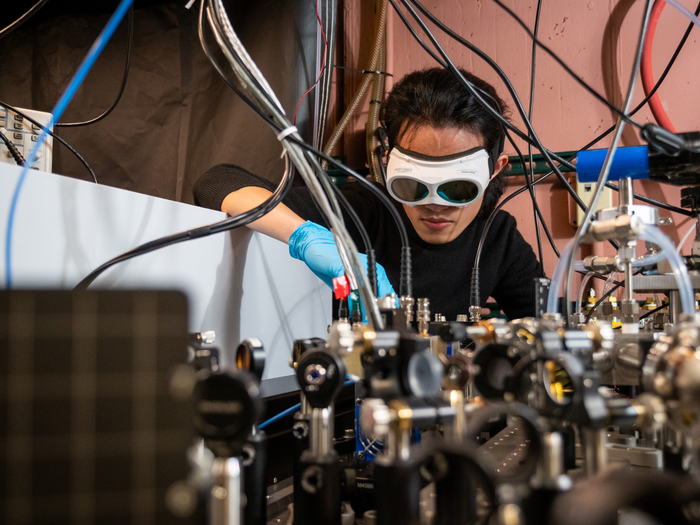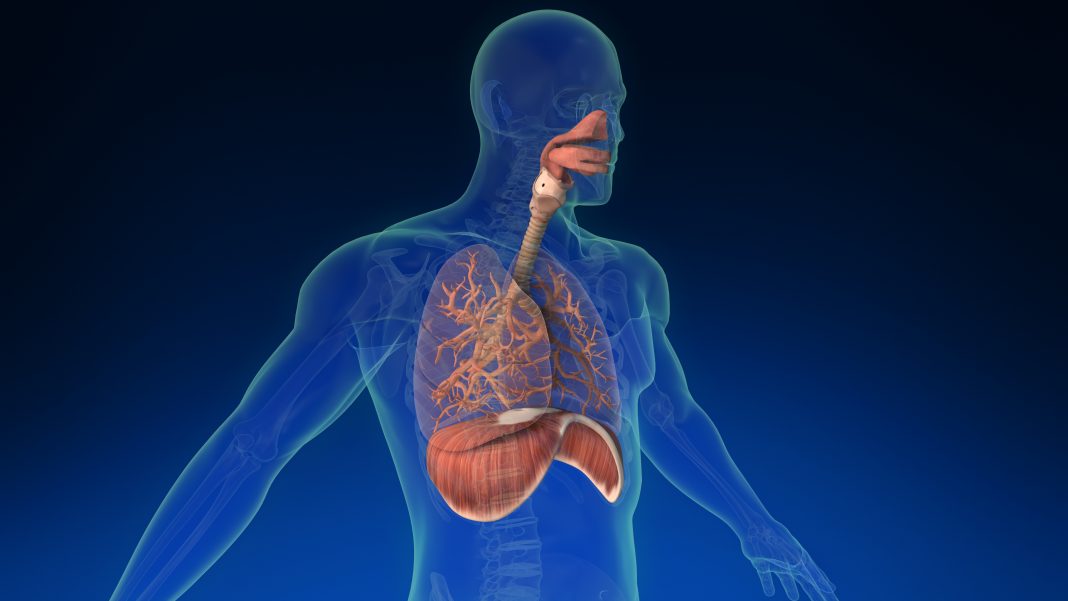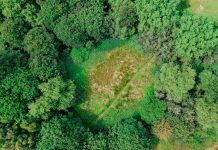With the potential to revolutionise medical diagnostics, a breathalyser using quantum laser-based technology could diagnose illness from exhaled breath
In a concept born during the COVID-19 pandemic, researchers invented a breathalyser which could detect the virus in real-time with excellent accuracy.
Using a technique called frequency comb spectroscopy – which is essentially laser light distinguishing one molecule from another – this innovation has paved the way for potentially identifying biomarkers of disease in human breath.
In the same way we turn to dogs and rats to sniff out cancer, diabetes, tuberculosis and more, researchers from CU Boulder and the National Institute of Standards and Technology (NIST are trying to innovate a breathalyser that does it all instead.
Humans exhale more than 1,000 distinct molecules with each breath
The human exhale produces a unique chemical “breathprint”, like a fingerprint, which provides information about internal happenings in the body.
This breathprint can now be assessed with the laser-based breathalyser as it is powered by artificial intelligence (AI).
The researchers hope that the Nobel Prize-winning technology “frequency comb breathalyser” could detect disease on patient’s breath by enabling the detection of trace molecules at the parts-per-trillion level.
First author Qizhong Liang, a PhD candidate in JILA and the Department of Physics at CU Boulder, said: “Molecules increase or decrease in concentrations when associated with specific health conditions.
“Machine learning analyzes this information, identifies patterns and develops criteria we can use to predict a diagnosis.”

The breathalyser results matched 85% of the time
The team began with COVID-19 testing in 2021, collecting breath samples from 170 students who had, in the previous 48 hours, taken a polymerase chain reaction (PCR) test, either by submitting saliva or a nasal sample.
When compared to COVID PCR test, the breathalyser results matched 85% of the time. For medical diagnostics, accuracy of 80% or greater is considered “excellent.”
The process took less than one hour from collection to result
The researchers believe that the accuracy would have been higher if the breath and saliva/nasal swab samples were collected at the same time.
However, unlike a nasal swab, the breathalyser is non-invasive and requires no costly chemicals to break down the sample. This test could even be used on individuals who are not conscious.
“The potential is endless.”
Senior author Jun Ye, a JILA fellow and adjoint professor of physics at CU Boulder said: “There is a real, foreseeable future in which you could go to the doctor and have your breath measured along with your height and weight… Or you could blow into a mouthpiece integrated into your phone and get information about your health in real-time. The potential is endless.”
Building a smaller version of the breathalyser
Currently, however, the “breathalyser” consists of a complex array of lasers and mirrors – and is the size of a banquet table.
A breath sample is piped in through a tube as lasers fire invisible mid-infrared light at it at thousands of different frequencies. Dozens of tiny mirrors bounce the light back and forth through the molecules so many times that in the end, the light travels about 1.5 miles.
Because each kind of molecule absorbs light differently, breath samples with different molecular makeup make their own distinct shadows.
The machine can distinguish between those different shadows or absorption patterns, boiling millions of data points down to a simple positive or negative result, in a matter of seconds.
“What if you could find a signature in breath that could detect pancreatic cancer before you were even symptomatic?”
Now, researchers are looking to make a smaller version to become accessible later in the research.
Co-author Leslie Leinwand, chief scientific officer for BioFrontiers and a co-author on the study, said: “What if you could find a signature in breath that could detect pancreatic cancer before you were even symptomatic? That would be the home run.”
First author Qizhong Liang, a PhD candidate in JILA and the Department of Physics at CU Boulder, added: “Our results demonstrate the promise of breath analysis as an alternative, rapid, non-invasive test for COVID-19 and highlight its remarkable potential for diagnosing diverse conditions and disease states.”
In other research, scientists elsewhere are also developing a Human Breath Atlas, which maps each molecule in the human exhale and correlates them with health outcomes.











